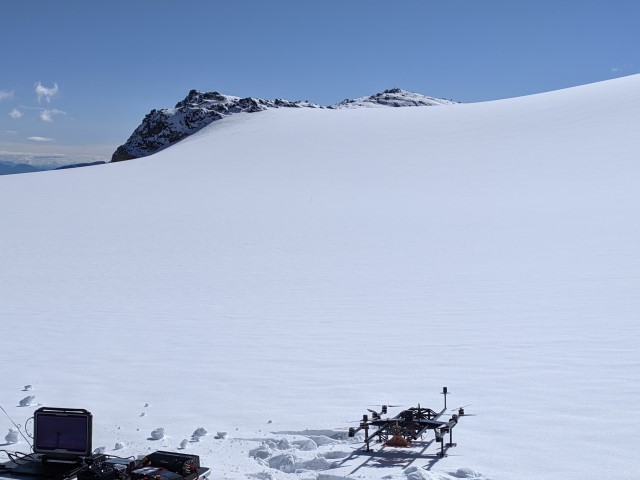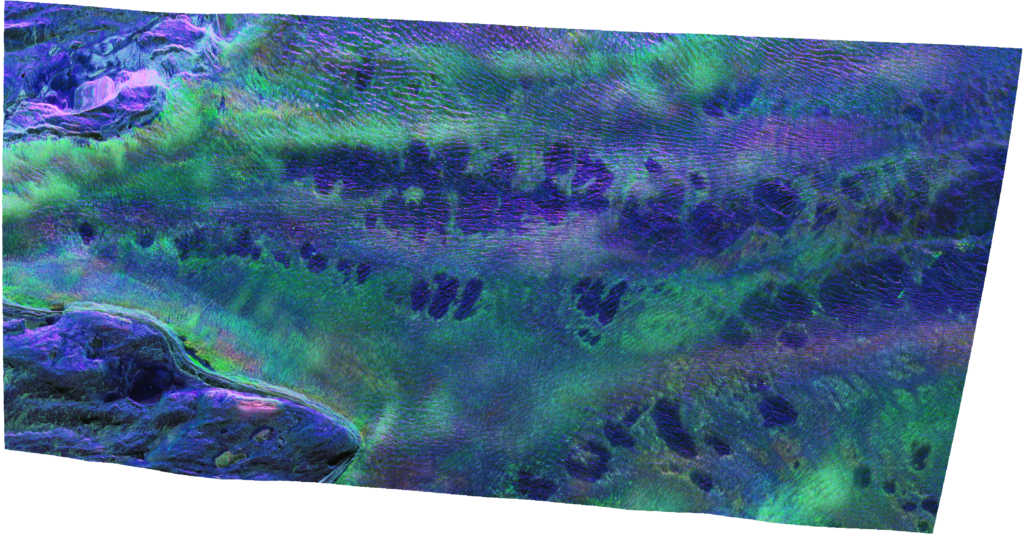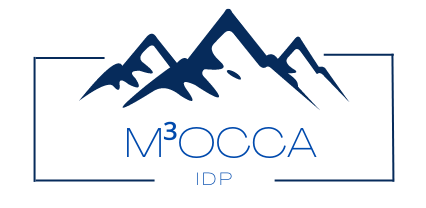Future technologies
SP1.1: A lightweight multifrequency radar system for snow and firn structure measurements
 Typically ground based GPR systems for geophysical applications consist of low frequency pulse radars which operate in the MHz frequency…
Typically ground based GPR systems for geophysical applications consist of low frequency pulse radars which operate in the MHz frequency…SP1.2: SAR tomography for 3D imaging of snow and firn structures
 Structures in the firn and snow cover on glaciers can be caused by annual melt/freeze cycles, but also by internal…
Structures in the firn and snow cover on glaciers can be caused by annual melt/freeze cycles, but also by internal…SP1.3: Machine learning on radargrams
 Information on ice thickness and internal structures of ice bodies (e.g. water table, isochrones, water pockets, and channels) from ground…
Information on ice thickness and internal structures of ice bodies (e.g. water table, isochrones, water pockets, and channels) from ground…
